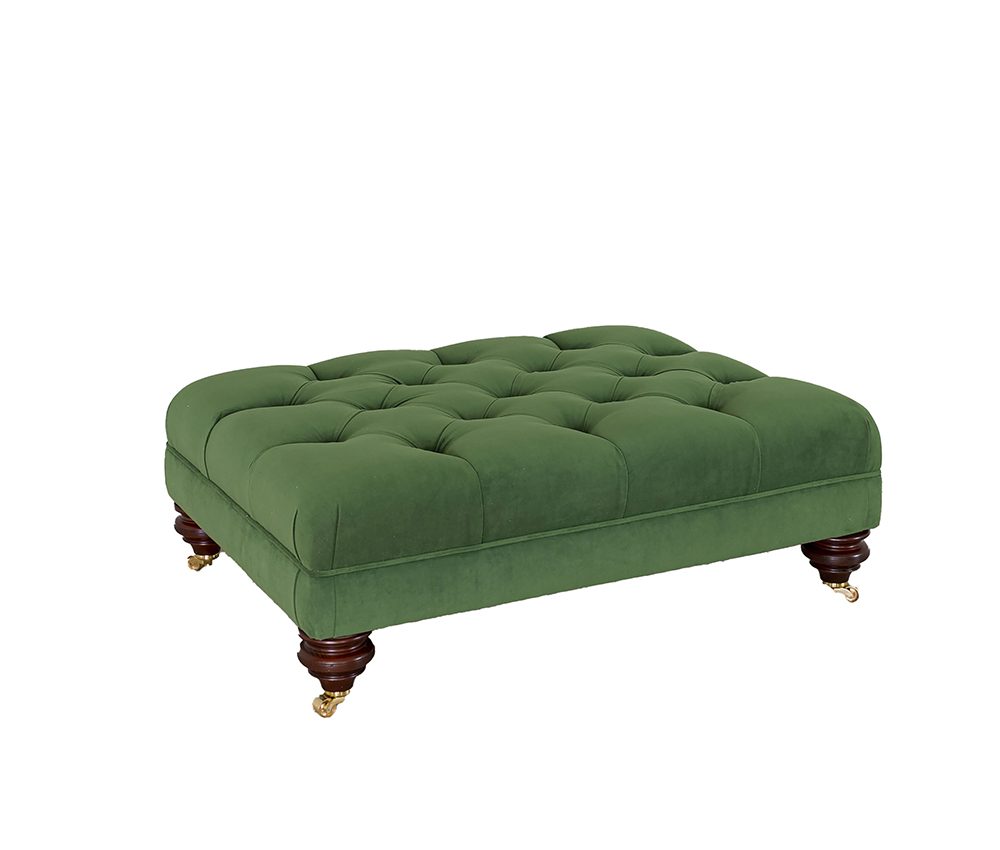Elegance and History: Exploring the World of Ottoman Furniture
Ottoman furniture is a captivating blend of history, artistry, and functionality. Characterized by intricate woodwork, luxurious upholstery, and ingenious design features, Ottoman furniture reflects the opulent and diverse heritage of the Ottoman Empire. Iconic pieces like the divan, Kilim rug ottoman, and Turkish coffee table continue to inspire modern design, making Ottoman furniture a timeless symbol of elegance and craftsmanship. Explore the legacy of an empire through the lens of its exquisite furnishings.
Key Characteristics.

Furniture has always been more than just functional pieces to fill a room. It is a reflection of culture, history, and craftsmanship. One fascinating aspect of furniture history is Ottoman furniture. The Ottoman Empire, which spanned several centuries and covered vast regions, left a remarkable legacy in the world of design and furniture. In this article, we will embark on a journey through time and delve into the rich history and exquisite craftsmanship of Ottoman furniture.
Historical Context
To understand Ottoman furniture, we must first grasp the historical context in which it thrived. The Ottoman Empire, founded in the early 14th century, grew to become a formidable force that encompassed parts of Europe, Asia, and Africa. This diverse and expansive empire drew influences from various cultures, including Byzantine, Islamic, and Persian. This fusion of influences is readily apparent in Ottoman furniture.
Key Characteristics
Ottoman furniture is characterized by its unique blend of form and function. Craftsmen of the era paid meticulous attention to detail, resulting in pieces that were not only practical but also aesthetically pleasing. Here are some key characteristics of Ottoman furniture:
a. Intricate Woodwork: Ottoman furniture often featured elaborate wood carving, which showcased the skill of Ottoman craftsmen. Common motifs included geometric patterns, floral designs, and Islamic calligraphy.
b. Luxurious Fabrics: Upholstery played a significant role in Ottoman furniture. Luxurious fabrics like silk, velvet, and brocade were used to cover sofas, chairs, and cushions. These textiles were often adorned with intricate embroidery and vibrant colors.
c. Functional Design: Ottoman furniture was designed with practicality in mind. Pieces like divans and sofas were often equipped with hidden storage compartments, reflecting the Ottoman penchant for combining form and function.
d. Inlaid and Marquetry: The use of inlaid wood and marquetry, where different types of wood are pieced together to create intricate patterns, was common in Ottoman furniture. This technique added a layer of opulence and sophistication to the pieces.
e. Low Seating: A distinctive feature of Ottoman furniture is its low seating arrangement. Low couches and cushions were favored, reflecting the relaxed and communal lifestyle of the Ottomans.

Iconic Ottoman Furniture Pieces
While Ottoman furniture encompassed a wide range of items, some pieces stand out as iconic representations of the era's craftsmanship:
a. Kilim Rug Ottoman: Kilim rugs were a significant part of Ottoman culture, and craftsmen often repurposed old rugs into beautiful ottomans. These pieces were not only functional but also told a story through the intricate patterns of the rugs.
b. Divan: The divan was a fundamental piece of Ottoman furniture. It served as a seating arrangement, a bed, and even a storage unit. With its plush cushions and rich fabrics, the divan was a symbol of luxury and comfort.
c. Turkish Coffee Table: The Turkish coffee table is an exquisite example of Ottoman woodworking. These tables often featured intricate designs on the surface and were used for serving Turkish coffee, an integral part of Ottoman culture.
d. Kursi: The Kursi is a wooden chair that epitomizes Ottoman craftsmanship. It boasts intricate carving and is often adorned with inlaid mother-of-pearl, making it a prized possession in many households.
e. Bench with Ewer and Basin: This unique piece combined seating with a functional basin for ritual ablution, highlighting the importance of religion in Ottoman society.

Legacy and Influence
The Ottoman Empire may have dissolved in the early 20th century, but its influence on furniture design persists to this day. Ottoman-style furniture continues to be popular worldwide, admired for its timeless elegance and unique design features.
a. Art Nouveau and Art Deco Movements: The ornate and intricate designs of Ottoman furniture left an indelible mark on the Art Nouveau and Art Deco movements. The sinuous lines and rich materials used in Ottoman pieces inspired many designers during these periods.
b. Modern Interpretations: Contemporary designers often draw inspiration from Ottoman furniture. Elements like low seating, intricate woodwork, and opulent upholstery are incorporated into modern interiors, creating a fusion of old-world charm and contemporary aesthetics.
c. Museums and Collectors: Ottoman furniture remains highly sought after by collectors and is displayed in museums around the world. These pieces serve as a testament to the enduring legacy of Ottoman craftsmanship.
Ottoman furniture is not just about functional pieces; it's a window into the past, a reflection of cultural richness, and a testament to the craftsmanship of its time. The fusion of diverse influences, intricate woodwork, luxurious textiles, and innovative design features make Ottoman furniture a treasure trove of history and art.
As we continue to appreciate and incorporate elements of Ottoman furniture into modern design, we pay homage to the legacy of an empire that once spanned continents. Whether it's the timeless appeal of a Kilim rug ottoman or the grandeur of a divan, Ottoman furniture continues to captivate us with its elegance and history, reminding us that the past can always find a place in our contemporary lives.



